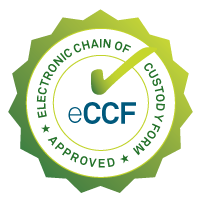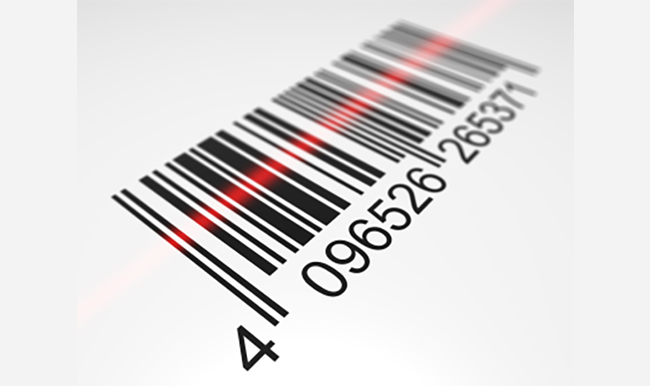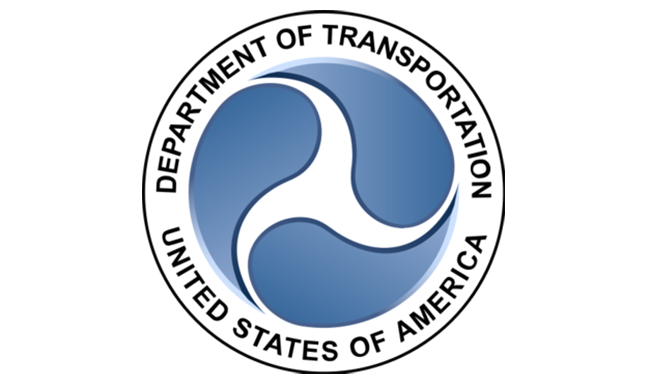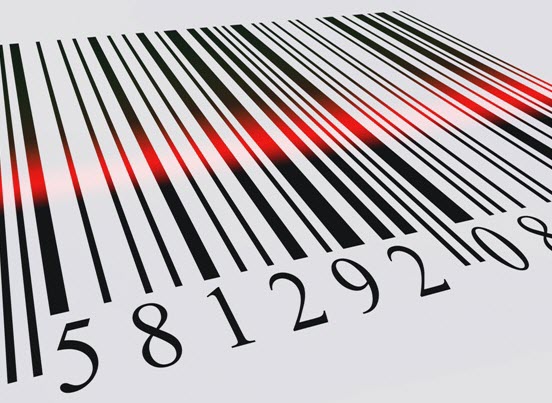Tag: DOT
Quest Diagnostics Approved to Use eCCF for Federally-Mandated Workforce
Benefits of eCCF include fewer data entry and legibility issues, reduced collection site flaws, less paper to manage and improved overall efficiency.
eCCF update: The paperless revolution
Federal eCCF inspections are complete and all Quest Diagnostics drug testing labs are approved to process electronic Custody and Control Forms.
Reasons for testing: Follow-up drug testing
Follow-up drug testing is for employees who have previously tested positive for illicit substances or violated a company’s drug and alcohol policy.
2016 DOT Random Testing Rates
The Office of Drug & Alcohol Policy & Compliance has published the 2016 Department of Transportation Random Testing Rates.
Preparing for the electronic Custody and Control Form (eCCF)
As we prepare to begin using the regulated eCCF, we are making design changes to our interfaces that will affect eCCF users.
Preparing for a drug test collection
When preparing for a drug test collection, donors should follow these best practices to help ensure an optimal collection experience.
Employee drug and alcohol testing handbook
Answers to common drug testing questions are now found in the newly updated Department of Transportation Employee Handbook.
Proposed guidelines impacting workplace drug testing programs
The Department of Health and Human Services published two notices that could lead to important changes in federal drug testing requirements.
Regulated electronic Custody and Control Form (eCCF) use approved
On April 13, the DOT published a Notice of a Final Rule which allows employers, collectors, labs and MROs to use eCCFs for regulated drug testing programs.
Electronic Chain of Custody Forms and regulated testing
eCCF advantages include fewer data entry and legibility errors, reduced paper consumption, and specimen tracking throughout the testing process.














